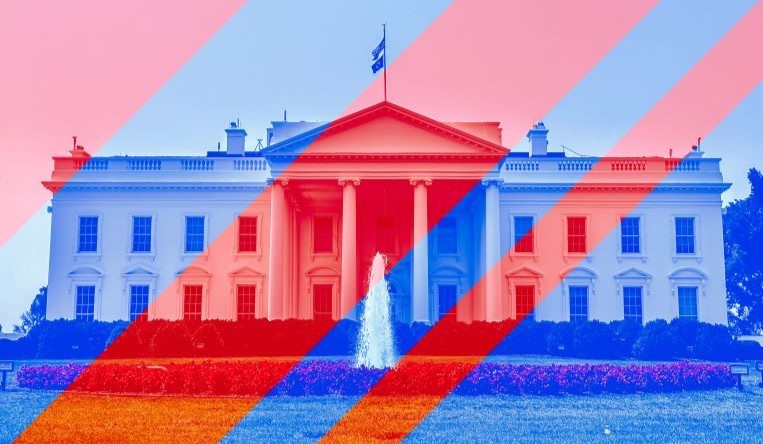Trump’s return to accelerate AI development
07 November 2024

Donald Trump’s return to the White House on November 6, 2024, is poised to reshape the tech sector as his administration moves forward with a major AI executive order. His America First policies aim to bolster military technology and ease AI regulations, prioritizing domestic tech growth and maintaining U.S. competitiveness in AI. This directive reflects a shift toward deregulation in AI and tech policy.
His administration is anticipated to adopt a lighter regulatory approach, potentially changing U.S. antitrust enforcement, especially for Big Tech. Lina Khan, chair of the Federal Trade Commission, known for her strict stance against Big Tech, also faces an uncertain future in the new administration.
Moreover, Elon Musk is also likely to play a significant role in Trump’s tech agenda, particularly in reorganizing government technology-related initiatives. His influence could benefit his ventures, including xAI, while potentially sidelining competitors like OpenAI.
Trump’s expected hands-off approach to AI regulation could reverse initiatives set forth by the Biden administration. This deregulation could raise concerns among experts about the potential for increased misinformation, job displacement and ethical issues surrounding AI technologies. Critics warn that without oversight, AI risks could escalate, impacting various sectors like hiring and healthcare.
The Biden administration’s AI policy has prioritized risk mitigation. One of its initial key initiatives was the Blueprint for an AI Bill of Rights released in October 2022. This framework, although not legally enforceable, outlines principles designed to protect individuals from harmful AI practices.
“Agencies are encouraged to continue to use AI, when appropriate, to benefit the American people,” according to a statement by Donald Trump in the Executive Order of Trustworthy Artificial Intelligence in the Federal Government in 2020.
The Trump administration first introduced the American AI Initiative, which was later made law. This emphasized five principles: training American workers, fostering public trust in AI, protecting civil liberties, promoting American AI innovation and engaging with international partners. A second set of guidelines focused on federal AI use, requiring the Office of Management and Budget to establish standards, mandating agencies to disclose their AI applications and adding an AI component to the Presidential Innovation Fellows program. Critics noted that risk management was minimally addressed at the time.
“The Trump administration is likely to continue its hardline tech policy towards China, which will undoubtedly push China to accelerate the pace of its own innovation and reduce its dependence on external technologies. To cope with this situation, China may step up the improvement of its AI regulatory system to protect and promote the development of the domestic AI industry,” said Frank Liu, head of Shanghai Pacific Legal.
In light of these challenges, “International cooperation and exchanges may be restricted to some extent. Faced with potential trade and technology barriers, China may seek closer AI cooperation with other countries and regions to maintain global competitiveness. This may lead China to accelerate the creation of an AI governance model with Chinese characteristics and actively promote it in the international arena,” noted Liu.
- Cathy Li






